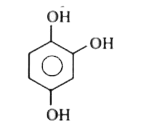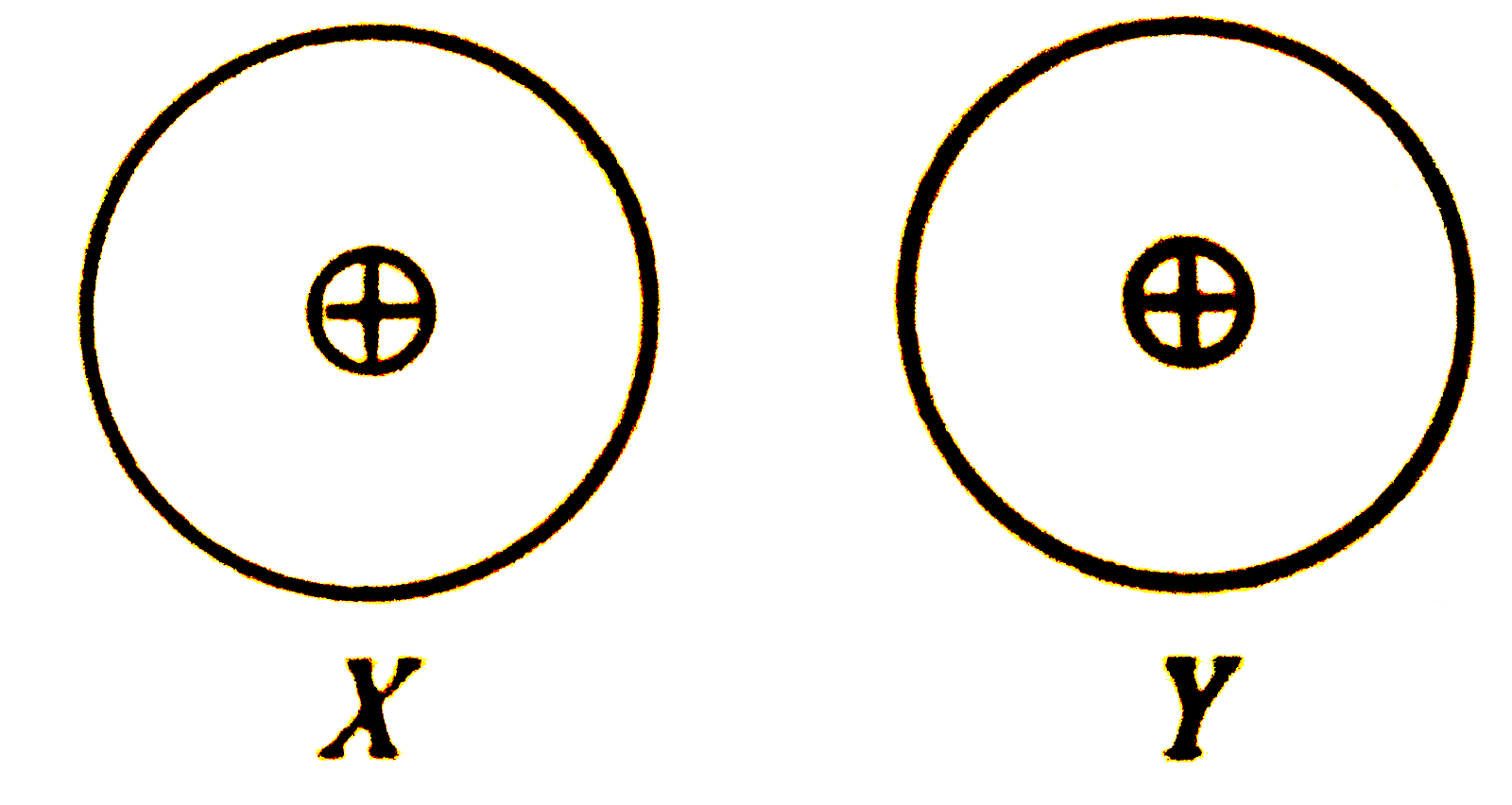The intermolecular forces of attraction (i.e., H-bonding and van der waal's forces) exist among polar and non-polar species which effect melting point, boiling point, solubility and viscosity of covalent compounds :
Q.The type of molecular force of attraction present in the following compounds is : 
Intermolecular H-bonding
Intramolecular H-bonding
van der waal's force
All of these
The correct Answer is:D
Topper's Solved these Questions
- CHEMICAL BONDING (ADVANCED)Book:VK JAISWAL ENGLISHChapter:CHEMICAL BONDING (ADVANCED)Exercise:ONE OR MORE ANSWER IS/ARE CORRECT
Explore 78 Videos
- CHEMICAL BONDING (ADVANCED)Book:VK JAISWAL ENGLISHChapter:CHEMICAL BONDING (ADVANCED)Exercise:MATCH THE COLUMN
Explore 21 Videos
- CHEMICAL BONDING (ADVANCED)Book:VK JAISWAL ENGLISHChapter:CHEMICAL BONDING (ADVANCED)Exercise:Level 2
Explore 150 Videos
- CHEMICAL BONDING (BASIC)Book:VK JAISWAL ENGLISHChapter:CHEMICAL BONDING (BASIC)Exercise:SUBJECTIVE PROBLEMS
Explore 54 Videos
Similar Questions
The intermolecular forces of attraction (i.e., H-bonding and van der waal's forces) exist among polar and non-polar species which effect melting point, boiling point, solubility and viscosity of covalent compounds :
Q. Select the incorrect order of boiling point between the following compounds:
View SolutionThe intermolecular forces of attraction (i.e., H-bonding and van der waal's forces) exist among polar and non-polar species which effect melting point, boiling point, solubility and viscosity of covalent compounds :
Q. Select the incorrect order of boiling point between the following compounds:
View SolutionThe intermolecular forces of attraction (i.e., H-bonding and van der waal's forces) exist among polar and non-polar species which effect melting point, boiling point, solubility and viscosity of covalent compounds :
Q. Melting and boling points of halogen increase down the group due to
View SolutionThe intermolecular forces of attraction (i.e., H-bonding and van der waal's forces) exist among polar and non-polar species which effect melting point, boiling point, solubility and viscosity of covalent compounds :
Q. Melting and boling points of halogen increase down the group due to
View SolutionWhich of the following order of molecular force of attraction among given species is incorect ?
View SolutionWhich of the following order of molecular force of attraction among given species is incorect ?
View SolutionStatement 1:Bakelite is hard and has high melting point
Statement 2:Intermolecular forces of attractions in it are H-bonding.
View SolutionTwo atoms X and Y are non - polar and electrically symmetrical.

What type of intermolecular forces of attraction can be developed between them ?
View SolutionUse the information and data given below to answer the question (a) to (c),
Stronger intermolecular forces result in higher boiling point.
Strength of London forces increases with the number of electrons in the molecule.
Boiling point of HF,HCl,HBr and HI are 293 K, 189 K, 206 K and 238 K respectively.
(a) which type of intermolecular forces are present in the molecules HF,HCl,HBr and HI ?
(b) Looking at the trend of boiling points of HCl,HBr and HI, explain out of dipole-dipole interaction and London interaction, which one is predominant here.
(c) Why is boiling point of hydrogen fluoride highest while that of hydrogen chloride lowest ?
View SolutionIonic bond is defined as the electrostatic force of attraction holding the oppositely charged ions. Ionic compounds are mostly crystalline solid having high melting and boiling points, electrical conductivity in moleten state, solubility in water etc. Covalent bond is defined as the force which binds atoms of same or different elements by mutual sharing of electrons in a covalent bond. Covalent compounds are solids, liquids or gases. They have low melting and boiling points compounds. They are more soluble in non-polar solvents.
Which of the following is arranged order of increasing boiling point ?
View Solution
